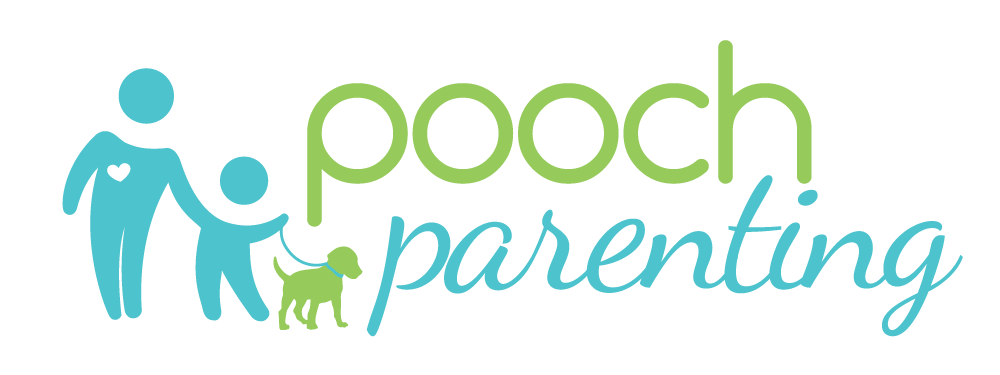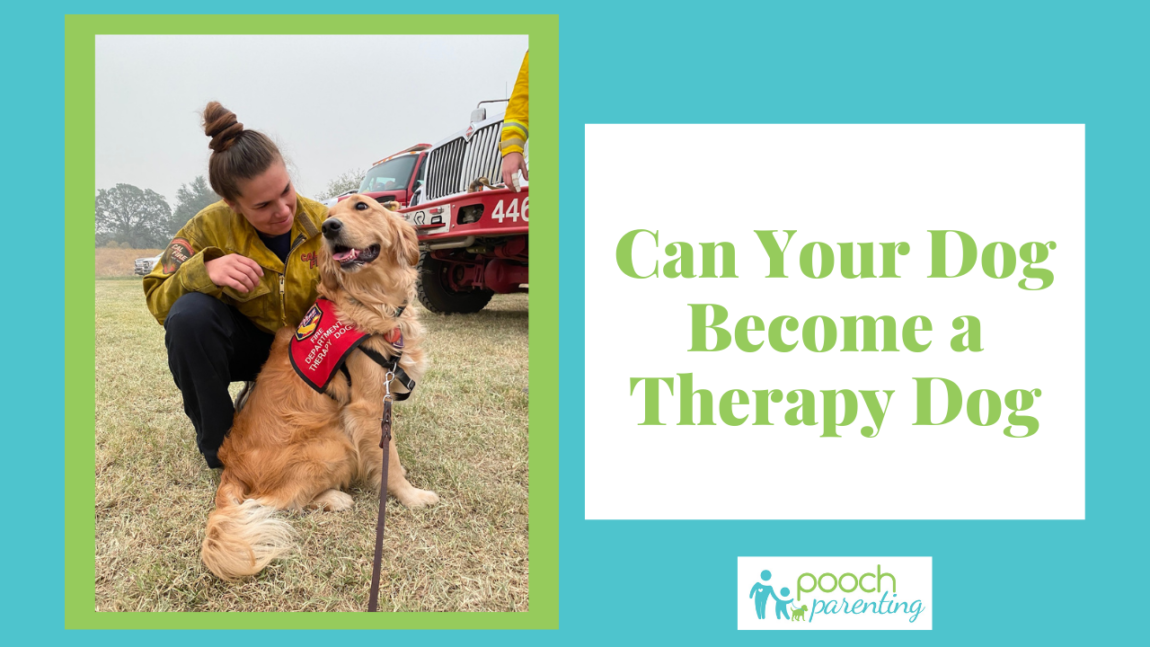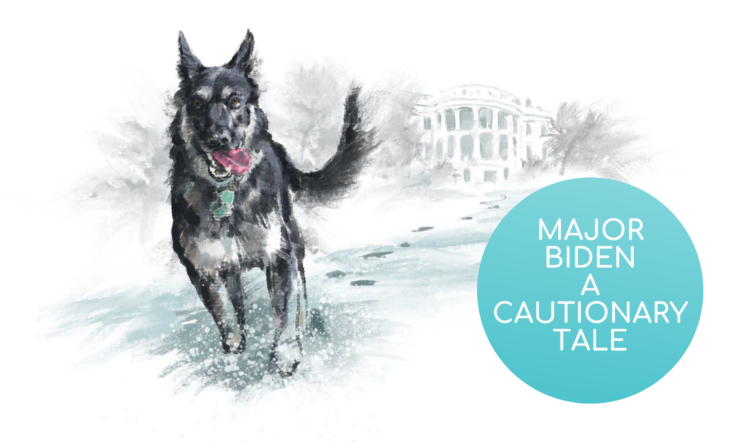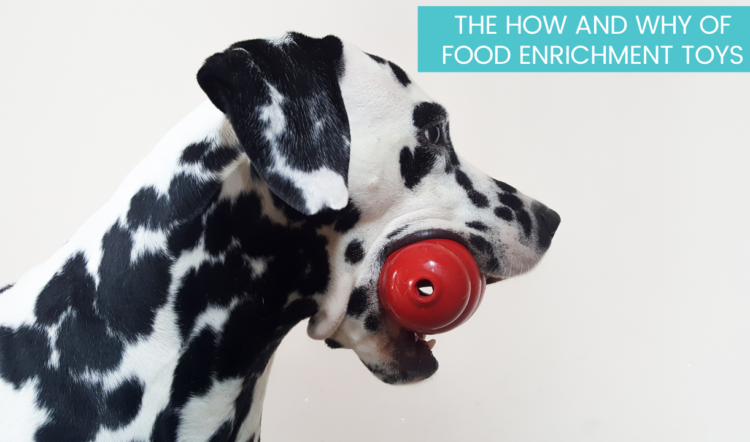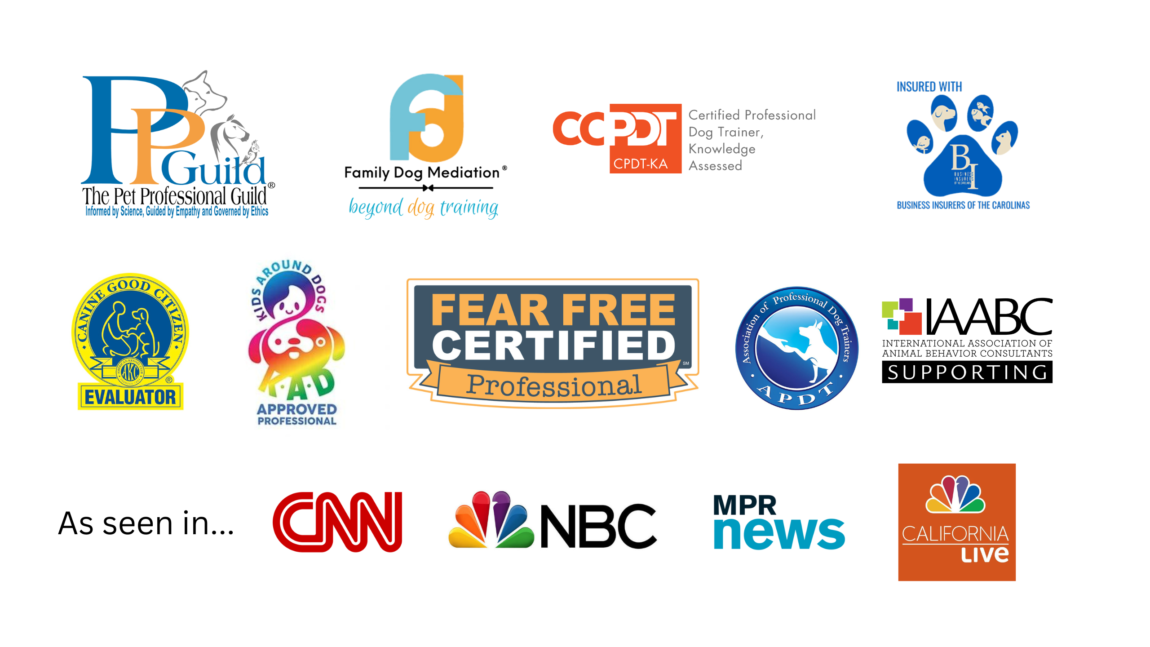One of my close friends is the mom of Kerith, an insta-famous golden retriever, who does therapy work (aka. hugs and snuggles) with the brave men and women who are keeping us safe from the wildfires ravaging California. Kerith is a career changed Guide Dog, who has found her calling as a certified crisis response dog serving first responders. She brings relief to crews at fire stations in Marin County and at base camps near wildfire zones.
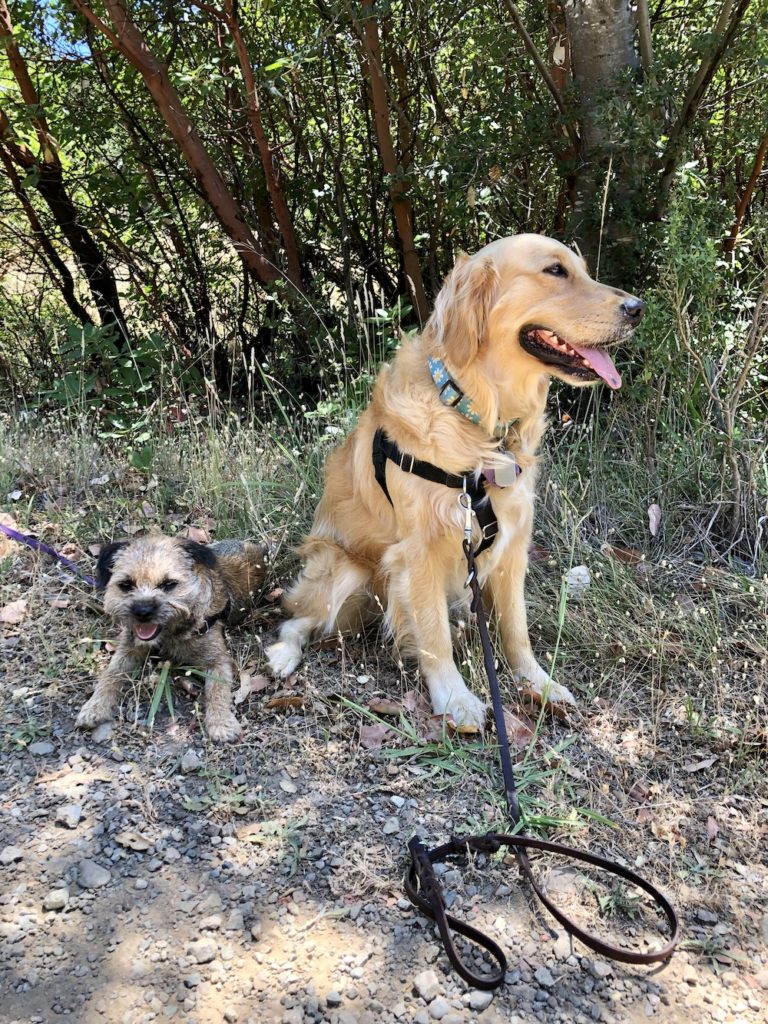
Heidi and I have been friends for years and have had a shared goal of doing therapy work in our community with our dogs. Her dog Kerith is perfectly suited for the job. She is extremely social and appears to live for meeting new people and offering affection. When we first met and fantasized about doing therapy work together, I didn’t have a dog suitable for the task. My older dog is very sensitive and doesn’t like other dogs. She gets stressed easily and looks over her shoulder for goblins that only she sees. And while I subsequently raised a service puppy and learned about how to prepare a dog to be confident in the world, I didn’t yet have a dog of my own who could be my therapy partner. I vowed that my next dog would have some of the traits that are required for a therapy dog: one that is friendly, intelligent, curious, and up for adventure.
Meet Pippin, our new dog. He is a Border Terrier and joined our family last November. So far, he checks off all of the boxes…and then some.
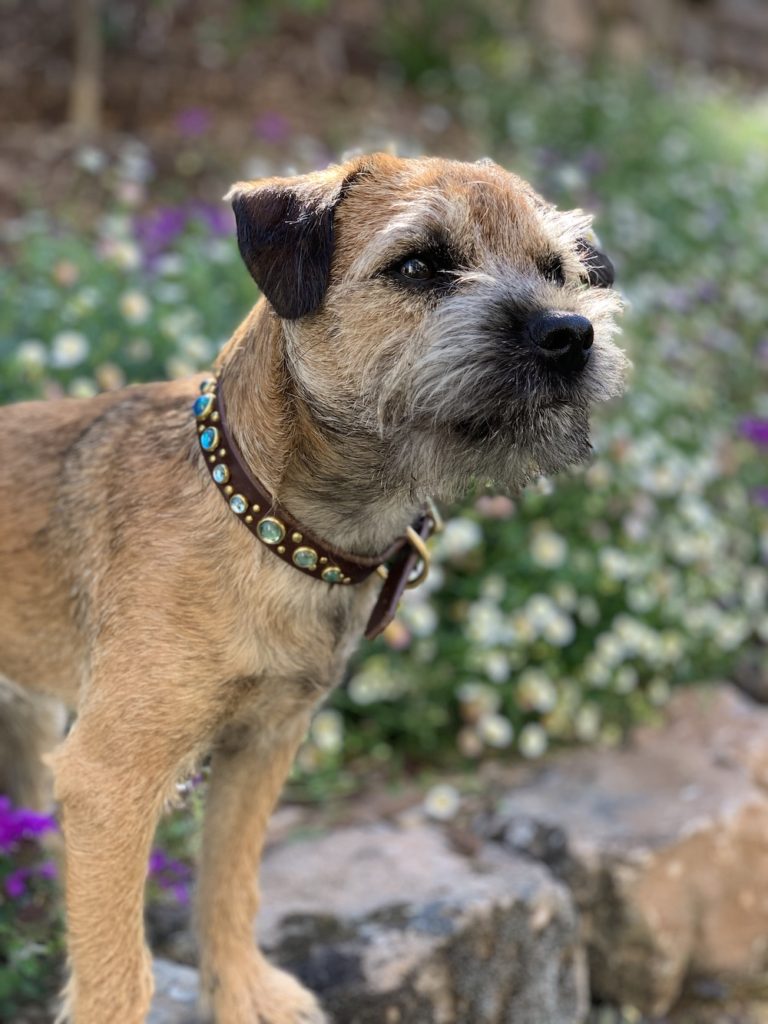
Socialization
When we added Pippin to our family, my goal was for him to be a well adjusted dog who would be interested in doing therapy work for those in need. Raising a service puppy two years ago and being a certified professional dog trainer have prepared me to set up Pippin with positive early experiences to build his confidence.
Before dogs can be comfortable in a variety of environments, they need to feel safe with you, the handler. Trust is built by doing activities together, having fun, and using lots of positive reinforcement for a job well done (whether that’s going potty outside, learning tricks and obedience, or simply for being polite).
Socializing a dog implies that the dog needs to meet a lot of people and dogs. And while that can be helpful, what matters even more is the quality of those experiences. You can set up your dog for success by exposing him to a variety of brief, positive experiences. These can include sounds, textures, scents, people of all shapes, ages and sizes, different kinds of animals and more. You can start at home with a variety of household objects and then gradually branch out into areas with more inputs and distractions.
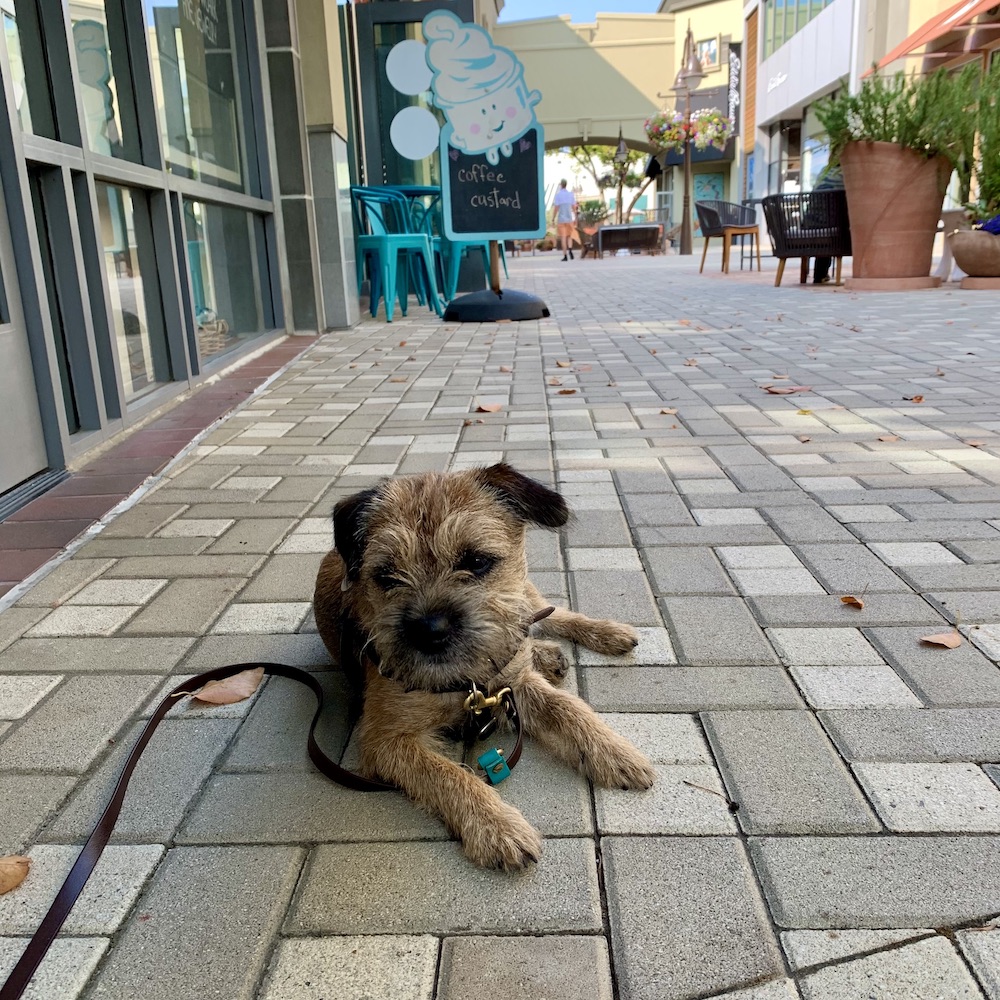
Can an Old Dog Learn New Tricks?
It’s easy to set up a puppy for success if you are careful. But what if you have an adult dog who you want to do therapy work with? You will need to be honest about how your dog reacts to different stimuli. Is he comfortable when a siren passes you on the road? What if a shopping cart rumbles past? Are people in hats or bathrobes alarming? How would she respond if someone knocked over a chair or was shouting?
In addition to being calm in a distracting environment, your dog needs to be friendly, non-reactive to other dogs, and to WANT to do the work. If your dog avoids people or prefers to be alone, then you need to respect your dog’s personality. Therapy dogs are most successful when they are willing partners.
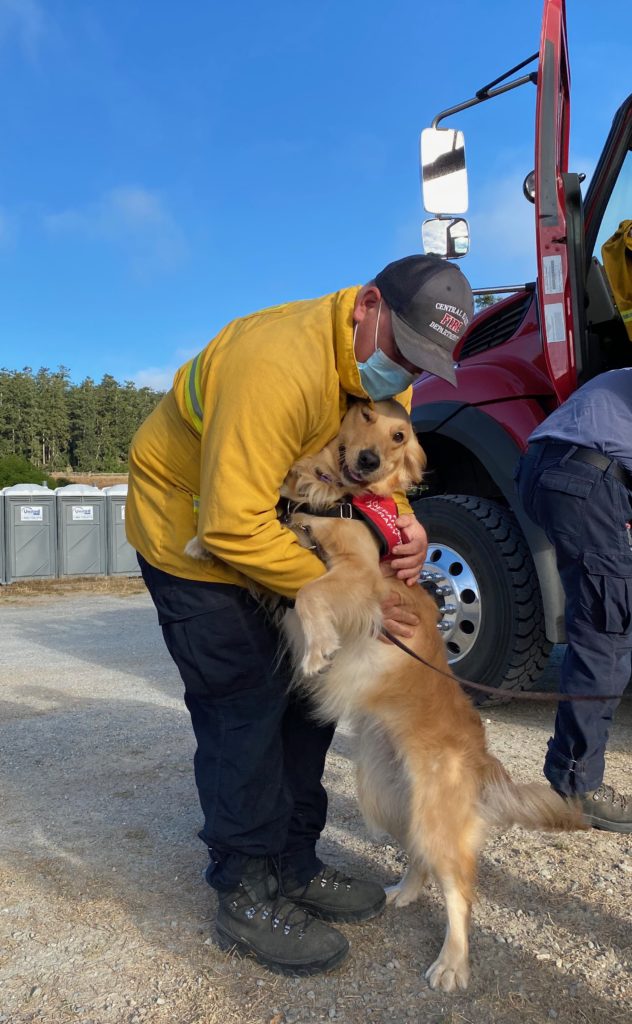
Finding a trainer
Therapy dogs can participate in programs that offer health care, education, and first responder services, among others. They are not granted public access, the way that service dogs are, but are invited in to certain venues, with permission, to do their therapeutic assignment.
Therapy dogs need to be well behaved and versed in basic obedience training, but they don’t need to be trained to do specific tasks. If you want help training your dog, you can search for positive reinforcement trainers on the Association of Professional Dog Trainers or the Certification Council for Professional Dog Trainers websites.
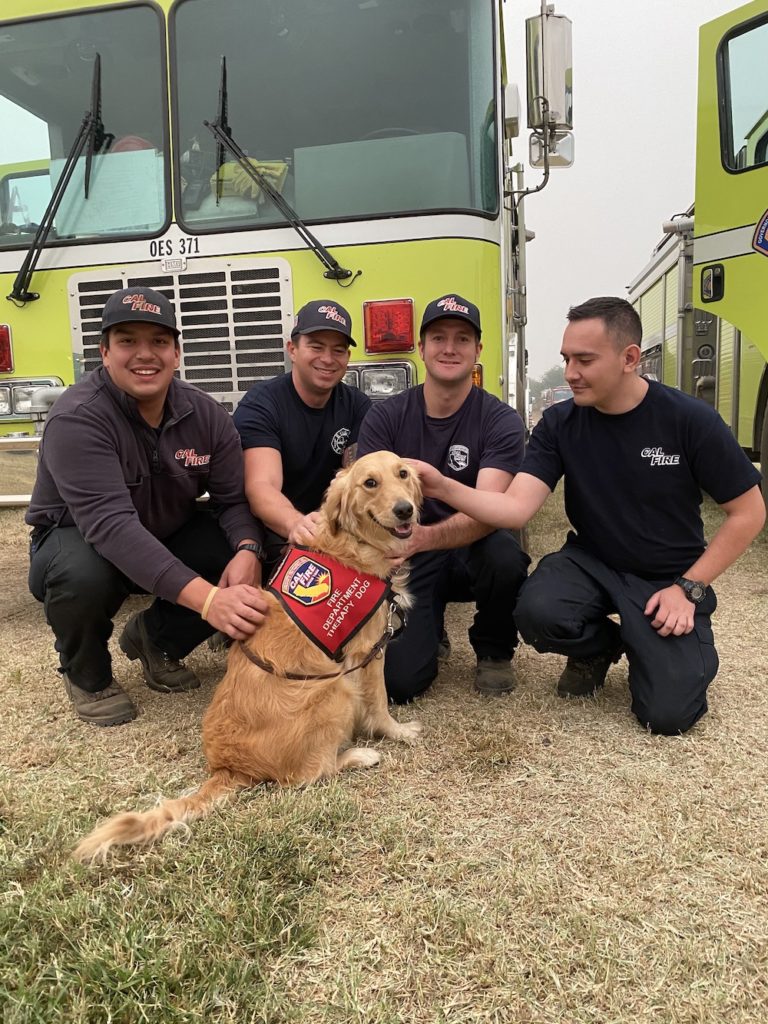
How to Become a Registered Team
There are a variety of therapy dog organizations around the world, and each has slightly different requirements. Typically, though, dogs need to be at least a year old (Pippin’s birthday is September 30!) and need to be able to do the behaviors similar to those required to pass the AKC’s Canine Good Citizen Test. If you’d like to download a checklist of these behaviors, click here.
Pippin and I recently started the process of becoming a registered team with Pet Partners. There are a variety of requirements, both for Pippin and myself.
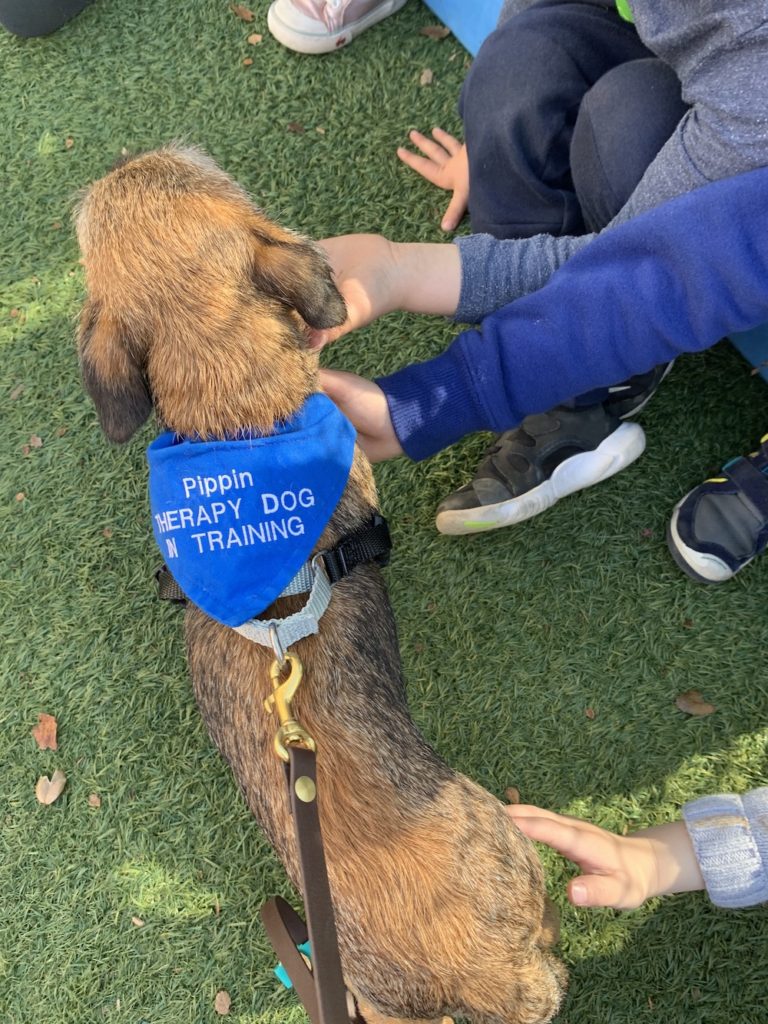
Dogs must…
- be at least one year of age at the time of evaluation
- have lived with the owner for at least 6 months
- be reliably house trained
- be currently vaccinated against rabies
- not be on a raw food diet
- have no history of aggression to people or other animals
- have good obedience skills (see the checklist above)
- welcome interactions with strangers
- wear a flat collar, martingale collar or harness and a flat, 6-foot leash at all times
Handlers must be able to…
- read our dog’s body language and recognize signs of stress, overstimulation and fatigue
- demonstrate positive interactions with our animals
- cue our dog gently and without luring with toys or food
- be appropriately social and friendly with those we meet on visits while still being attentive to our dog
- guide the interactions of others with our dog
- advocate for the safety and well-being of our dog at all times
- pass a criminal background check
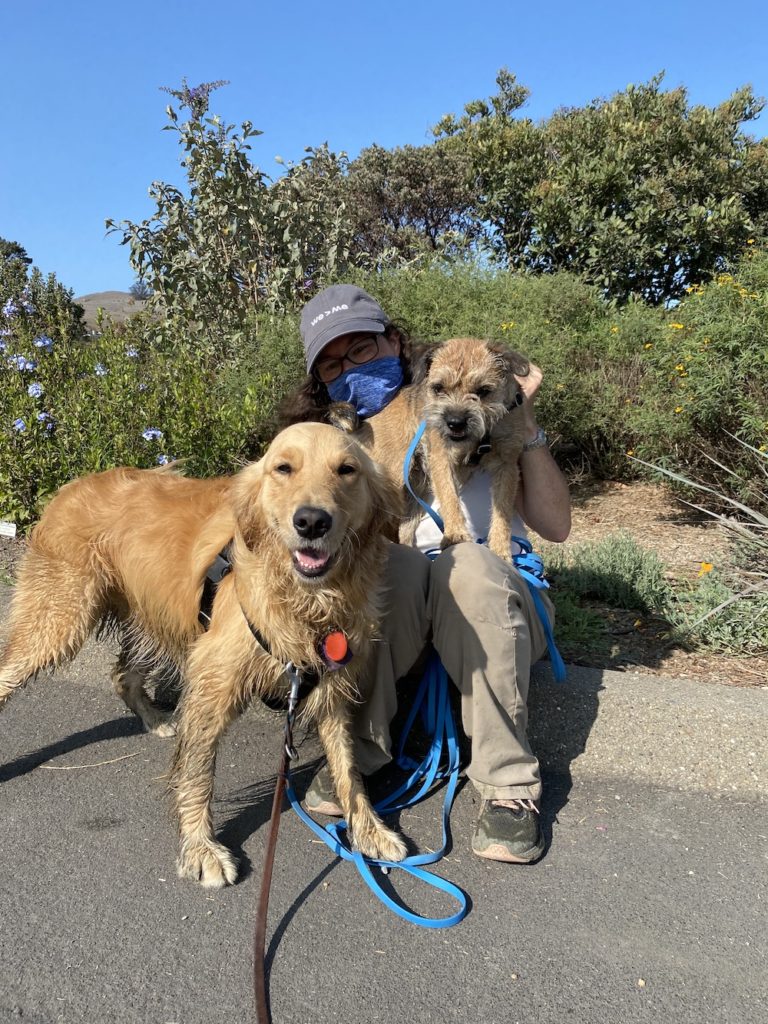
So Far…
So far, I have taken an online course about the requirements to be a successful team with Pippin. I passed the exam and Pippin and I will be practicing our obedience training until our in-person team assessment in Sacramento, later this Fall.
Once we have met all of their requirements, we will be covered by their insurance and will be ready to deploy into the community. After observing the hard work and devotion of our local firefighters, we may join Heidi and Kerith in their work with first responders – and then our dream of doing therapy together would come true!
(Some of these photos were taken by Heidi. To learn more about Kerith and her incredible work, check out her Instagram account.)
